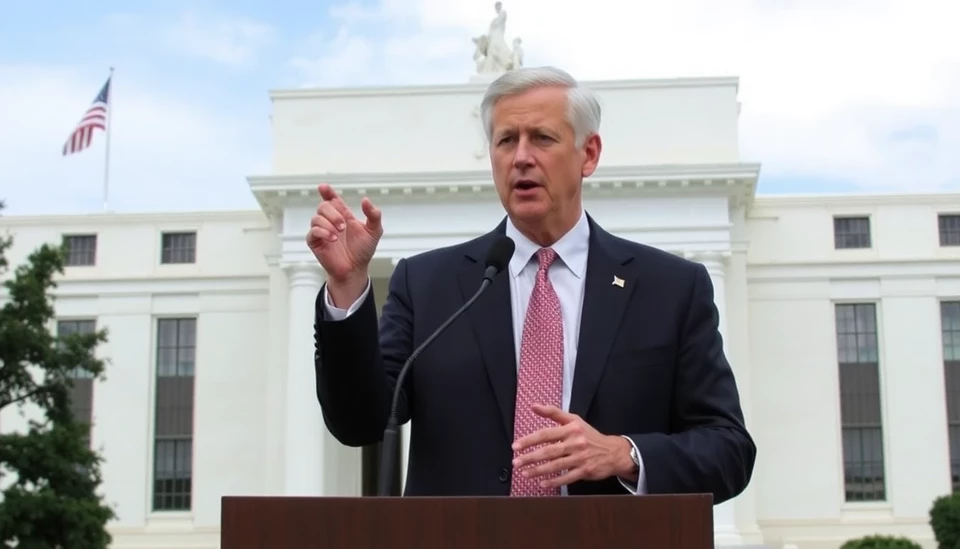
As the fiscal landscape continues to evolve, all eyes are turning toward the Federal Reserve's interest rate decision-making body, particularly with an eye on the upcoming changes in 2025. The evolving dynamics within the Federal Reserve Board, particularly regarding who carries the voting power for rate settings, promise to have significant implications on monetary policy and the broader economy.
The current structure of the Federal Open Market Committee (FOMC), which is responsible for making critical decisions regarding interest rates, comprises twelve voting members. This includes seven members from the Board of Governors and five Reserve Bank presidents. Importantly, this composition is subject to change, as the terms of FOMC members are staggered and new appointments can lead to a shift in voting influence.
Following the advancements in the U.S. economy post-pandemic, the Fed has recently been responding to rising inflation rates, balancing the need to tighten monetary policy while stimulating growth. The new membership set to take shape in 2025 will inherit a landscape where inflation and interest rates are crucial topics on the public agenda, and their decisions will be closely scrutinized.
As we approach the year 2025, it is essential to recognize who could possibly step into these pivotal roles, given that new appointees from the Biden administration and beyond might be influential in shaping monetary policy. The appointments of governors and the rotation among the regional bank presidents play an essential role in the discussions around monetary policy and its implementation.
The expectations for future FOMC actions will heavily depend on the economic indicators leading up to 2025, but fundamentally, the representation on this committee can direct the course of interest rate adjustments. The selection of members who lean toward either hawkish or dovish perspectives will ultimately guide how aggressively the Fed responds to inflationary pressures or supports economic growth.
Observers of the market and policymakers alike are already speculating about potential nominees for upcoming vacancies, hoping to forecast how these appointments will influence the overall economic strategy of the United States. As such, understanding the composition of the Fed's leadership will be crucial in navigating the challenges posed by a fluctuating economy.
It is imperative for stakeholders, including investors and economists, to pay close attention to the Federal Reserve's upcoming meetings and the statements made by its members in 2024. These discussions will serve as key indicators not just for the immediate future, but for the broader implications for monetary policy heading into 2025.
With increasing pressures on the financial system and the potential for economic instability, how effectively the Federal Reserve adapts to these changes will be a major determinant of both national and global economic health moving forward. As the landscape shifts, the discussions around this central authority in the economy will remain a forefront topic in the financial news cycle leading into 2025.
In summary, as we anticipate the critical interest rate decisions in 2025, it remains paramount to keep an observable watch on the composition and tendencies of the Federal Open Market Committee's membership, which will ultimately encapsulate the balance of powers in economic policymaking.
#FederalReserve #InterestRates #FOMC #EconomicPolicy #Inflation #MonetaryPolicy #2025 #EconomicFuture
Author: Daniel Foster




